Have you come across the Norman haircut but aren’t sure what it’s all about? There’s a rich history tied to the Norman haircut that begins with the Norwegian Vikings and ends with the Treaty of Saint-Clair-sur-Epte.
After learning the history of the haircut and its significance, you can decide if the style suits your tastes. But before you head to the salon to ask for the Norman haircut, read on for everything you need to know about Normans.
Who Are the Normans?
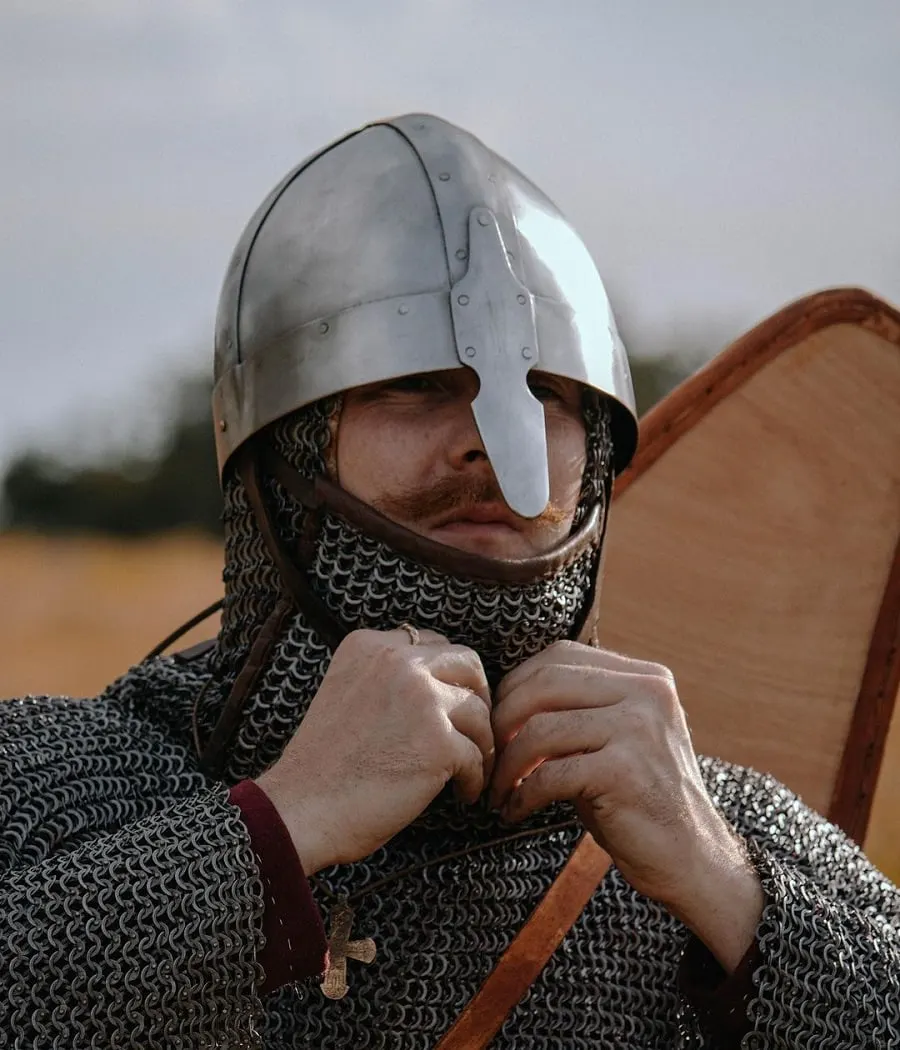
Scandinavia is where the history of the Normans began. The Norwegian Vikings who settled in the north of France, close to Normandy, in the ninth and tenth centuries were the ancestors of the Normans. As a result, the Normans included both Vikings and local inhabitants.
During the eighth century, the Vikings harassed and pillaged the shores of continental Europe under the leadership of Rollo Sigurdsson. In 876, they conquered Rouen and established a base there.
Invading Bayeux with his Vikings, Rollo took the daughter of Comte Berenger prisoner, with whom he later wed and had a son, William.
During the ninth century, their raids on France’s northern and western coastlands started to increase in frequency and size.
The territory was then called “Normandy,” from the words “Norseman” or “Northman,” as the Vikings established themselves in the region and cultural exchange between the two peoples grew. The 911 treaty between the Viking leader Rollo and King Charles III of West France made things more formal.
By this time, the pact had given the Vikings a permanent home on Frankish soil along the lower Seine River. Under the terms of the Treaty of Saint-Clair-sur-Epte, King Charles III gave Rollo the land in return for his promise that his people would protect the region against other Vikings and accept Christianity.
The Normans were given more land by King Rudolph of western Francia in 923 after King Charles III was deposed; in 824 in Bessin, then in Cotentin in 933 after William Longsword (son of Rollo) swore homage to King Rudolph. By this time, the Normans had switched to Catholicism and merged their power while also adopting other Frankish practices.
By the year 990, Normandy had lost its position as a Viking colony and was become a part of France. The Normans’ adoption of French led to the extinction of the Norse language.
After many years of intermarrying and assimilating with the Franks, the Normans also converted to Christianity. Due to their ostensible devotion to the monarch, the Normans could maintain control over their territory.
All those centuries of Viking raids had left France destabilized and divided into several fiefdoms. The Normans continued their bloody and perilous forays into other countries, staying true to their Viking heritage.
Robert I ruled the Norman dukedom from 1027 to 1035. In 1066, his son, by an unmarried woman, William, became king of England.
What Does a Norman Haircut Look Like?
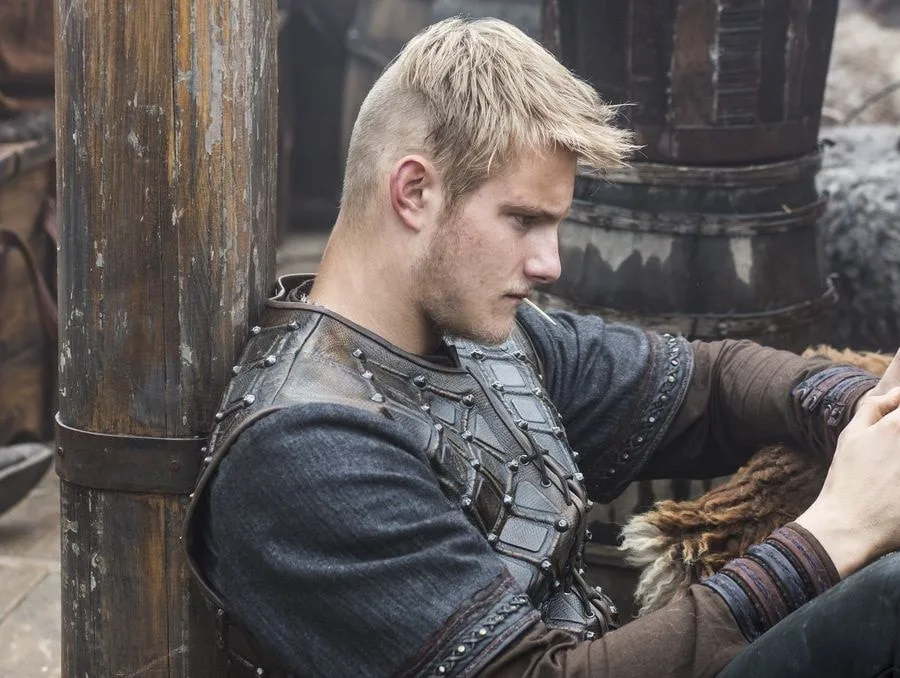
The Normans shaved their faces and kept their hair very short. The Norman haircut has a distinct look that isn’t something you see every day, consisting of a small swatch of hair from the top of the head down to the ears, with a close shave at the back of the head. The haircut almost resembles a “reverse” mullet.
The History of Norman Haircuts
The Norman haircut was similar to that of the traditional Viking haircut, allowed to grow long in the front but shaved in the back to accommodate the helmet and associated chainmail. This was so that when helmets were put on and removed, the Normans’ hair wouldn’t get caught in it.
Another possible reason for the Norman haircut was fashion, as there were Norman men in the eleventh century who would typically wear their hair in this style for seemingly no other purpose.
Do Norman Haircuts Look Odd?
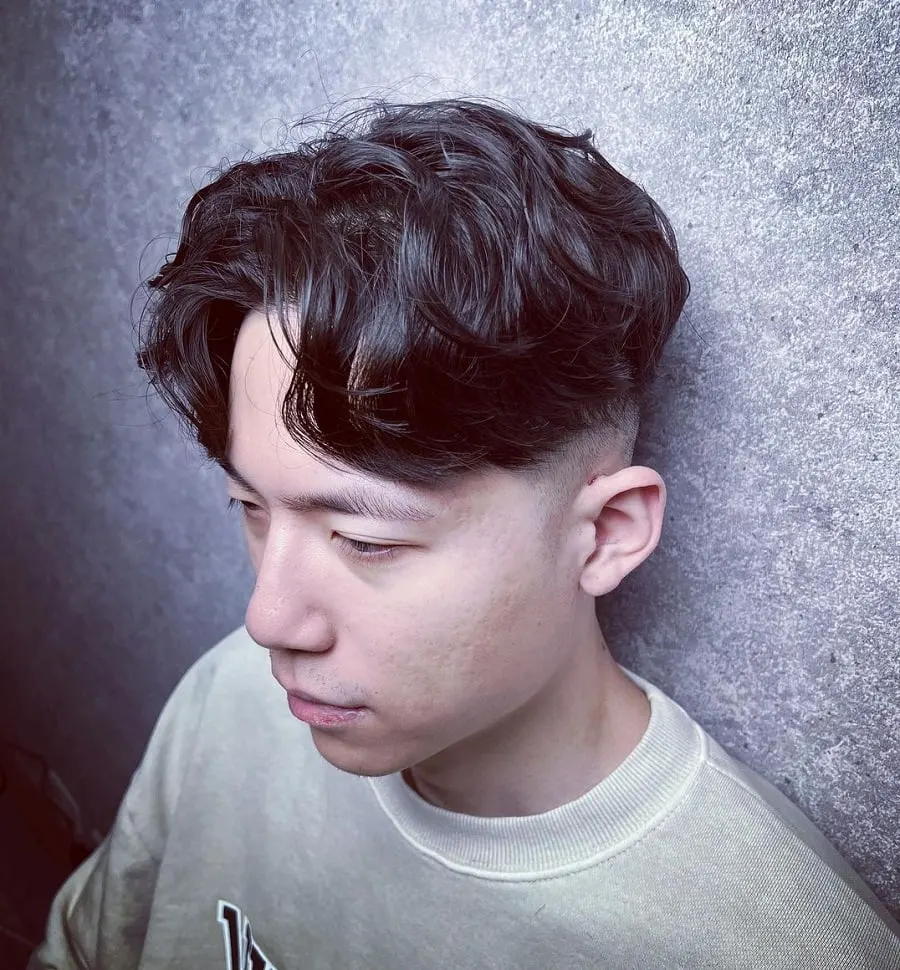
“Odd” is subjective, but the Norman haircut is definitely unique. It’s similar to the mullet and even called a “reverse” mullet at times.
The haircut certainly stands out as it’s different from most popular hairstyles, but it can be very flattering as well.
Why Did Normans Cut Hair too Short?
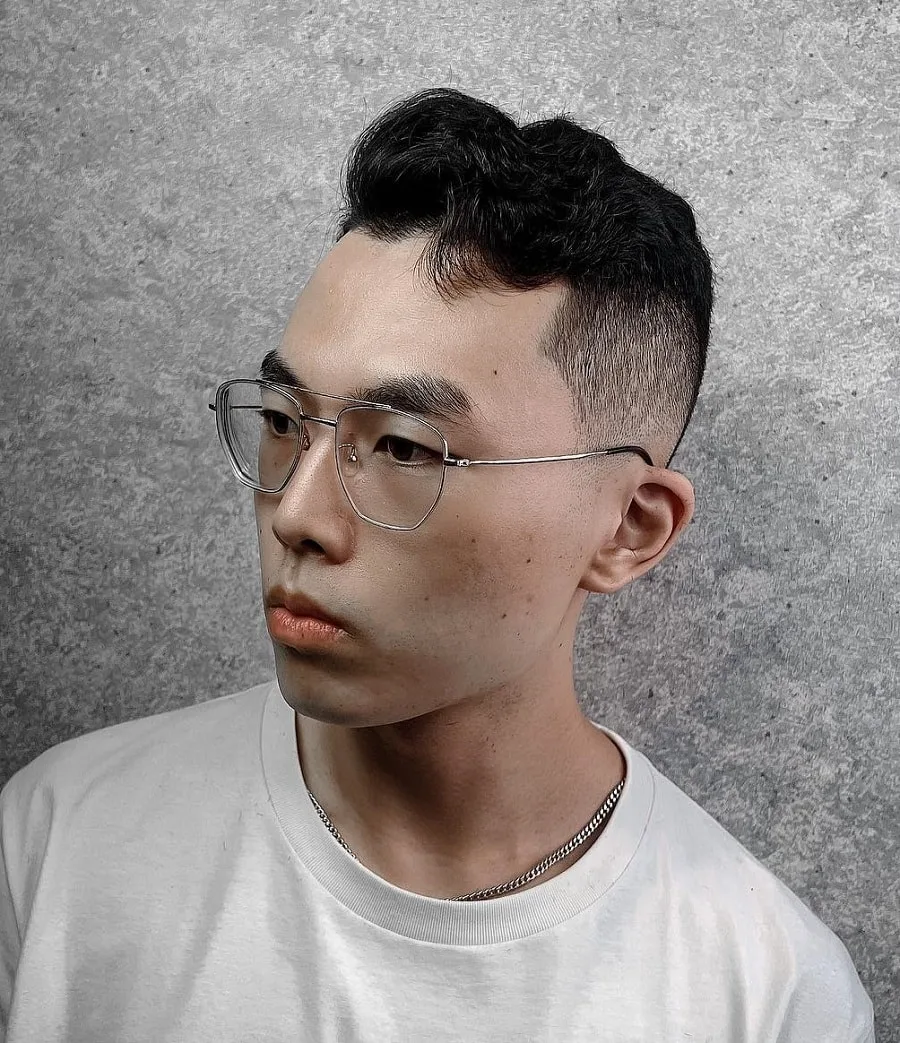
The Normans mainly wore their hair long in the front and shaved in the back for their safety and convenience when donning and removing their helmets and chainmail. Another thought is that the Norman haircut was worn to distinguish the Normans from their English adversaries.
In the eleventh century, the long-in-the-front and short-in-the-back hairstyle is thought to have survived as fashion rather than militaristic convenience or ritual. The Norman men in the Bayeux Tapestry would typically wear their hair in this fashion.
How Did the Normans Cut Their Hair?
We know why the Normans wore their hair long in the front and short in the back, but how did they physically cut it?
As part of a warrior society, the Normans had a wide selection of sharp-edged instruments like knives, daggers, axes, swords, and farm tools. With these, they could give themselves a spontaneous trim in the field and create the style we know as the Norman haircut today.
However, the Normans appeared to have had scissors at their disposal, based on artifacts recovered from Viking burial sites. The scissors would’ve been used to cut the fabric into workable pieces, trim leather, snip thread, and cut hair.
How did the Normans wear their hair during the Viking era?
In the Viking era, the Normans used to style their hair in traditional ‘Norse‘ with long hair and beards. They braided the hair into intricate styles like the Viking braid or warrior braid. This was the symbol of a norman’s strength and power.
How Did Normans Style Their hair after converting to Christianity?
After converting to Christianity, the Normans began adopting more civilized and sophisticated hairstyles. They began to cut their hair shorter and style it ‘like a gentleman.’ They often used combs and oils to get a polished look.
What’s The Difference Between Norman haircut and other traditional Viking hairstyles?
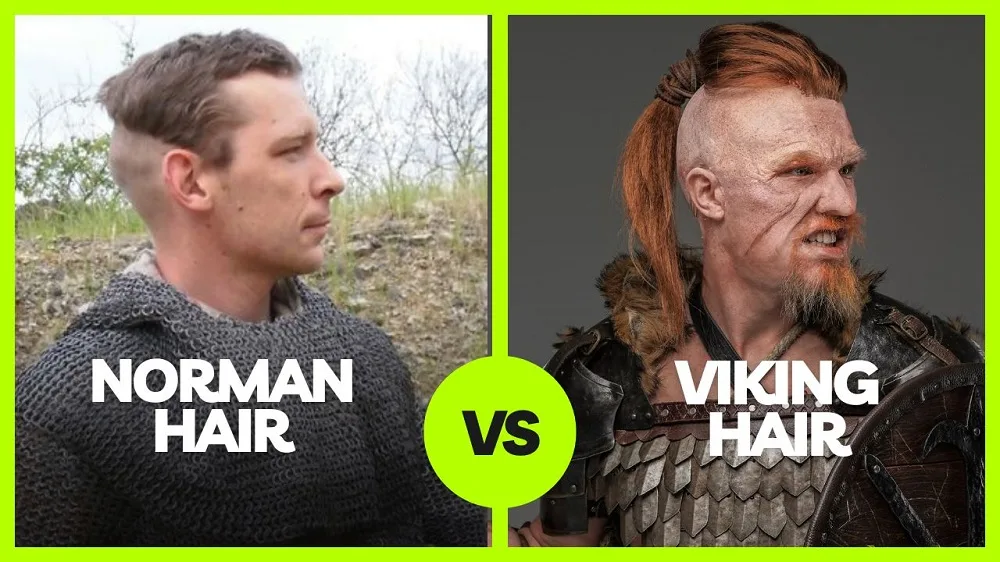
The Norman hairstyle is shorter and does not give a rugged look. Also, the hair is combed and oiled to give a polished look.
In most Viking hairstyles, the hair is left to flow freely to give a warrior vibe rather than the ‘gentleman look’ in the norman hairstyle.
What products did Norman’s Use to style & maintain their haircut?
The Normans used a variety of products to style and maintain their hair. These would help them achieve a sleek, polished look and maintain the hair’s shine and luster. Common products include:
- Combs
- Oils
- Pomades
- Animal Fat
What’s The Symbolism of a Norman Haircut?
The Norman haircut reflected the Normans’ assimilation into French culture and their transition from Viking warriors to Christian rulers. It also played a role in their social status and identity. Their groomed appearance was seen as a mark of refinement and sophistication.
Even if you don’t see a lot of Norman haircuts in your area, that doesn’t mean the style won’t trend in the future. Many older hairstyles have made a comeback, such as curtain bangs, mullet, and more, so there’s definitely a possibility that you’ll see folks sporting the Norman haircut.
